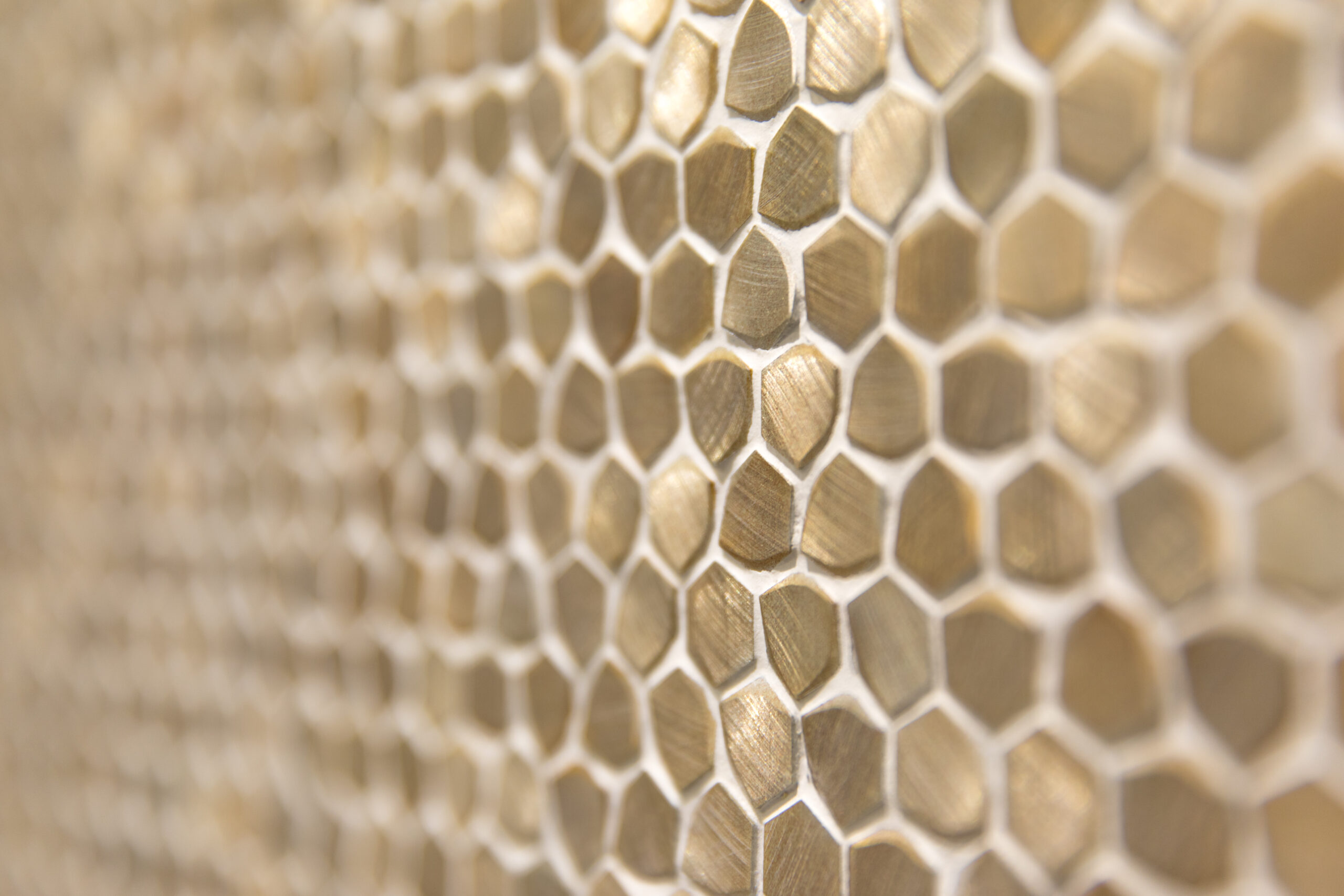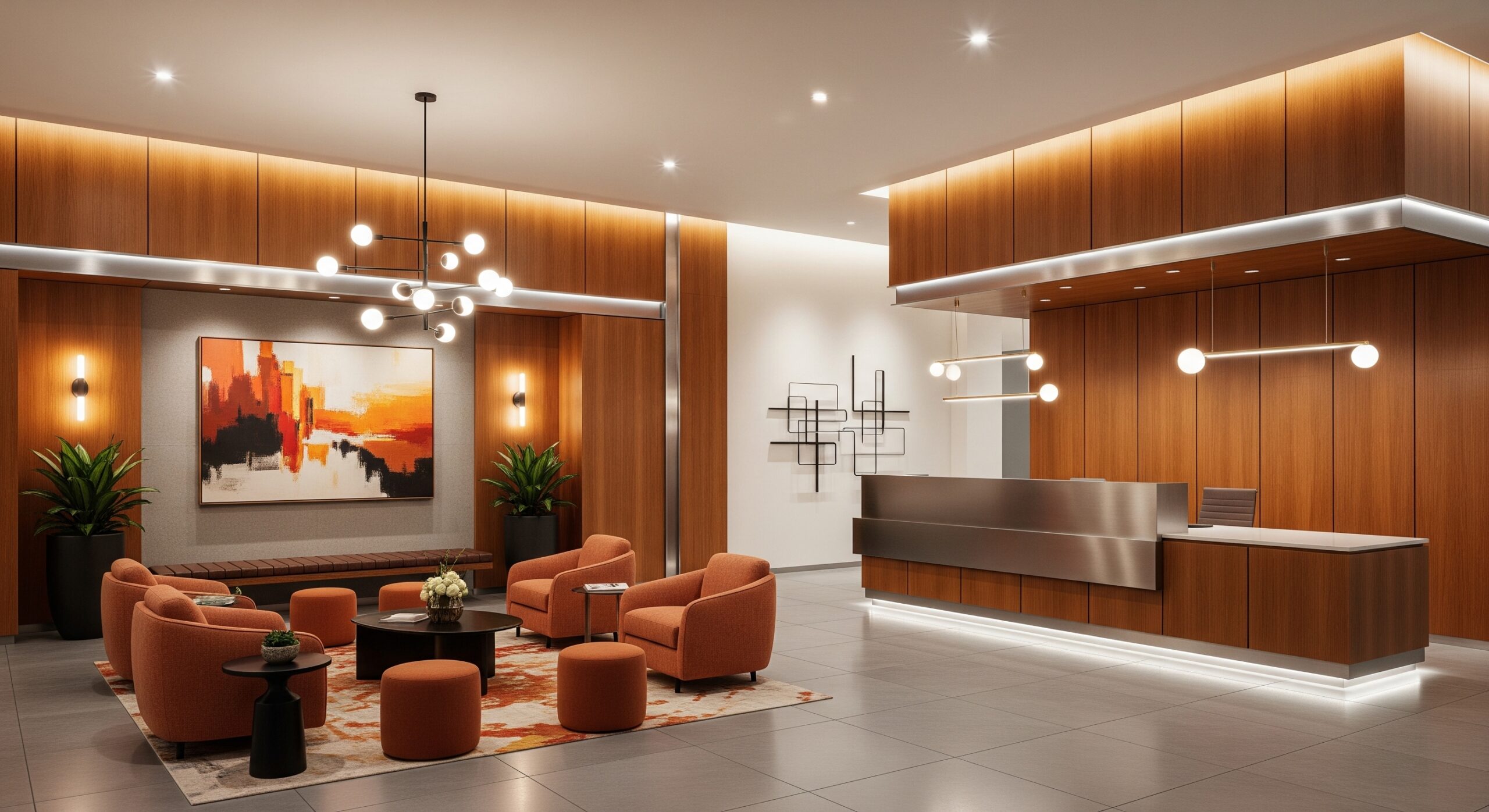Are you aware that the colors and textures of the walls, furniture, and other objects in your home can impact your mood and behavior? Studies have shown that interior design can significantly affect your mental and emotional well-being. In this article, we will explore the psychology of interior design and how colors and textures can influence your mood.
Colors and Mood
Colors can evoke different emotions and moods in people. Warm colors such as red, orange, and yellow can create a sense of energy, excitement, and warmth. These colors are great for socializing areas like the living room or dining room.
On the other hand, cool colors like blue, green, and purple are known to have a calming effect on people. They can create a sense of relaxation and tranquility, making them perfect for places like the bedroom or the bathroom.
Neutral colors like beige, gray, and white are versatile and can suit any room in a house. They can create a sense of simplicity and sophistication while also providing a sense of calmness.
It’s important to note that different shades and tones of colors can also have different effects. For example, bright red can be very energizing, while a muted or darker red may create a sense of warmth and comfort.
Textures and Mood
Textures can also impact how you feel in a space. Smooth, shiny surfaces like glass, marble, and metal can create a modern, sleek feel. On the other hand, rougher textures like brick, wood, and stone can create a sense of warmth and coziness.
Soft textures like plush carpets, pillows, and blankets can evoke a sense of comfort and relaxation, while harder textures like leather and metal can create a sense of toughness and durability.
The combination of different textures can create a unique atmosphere in a room. For example, a room with a mix of soft and hard textures can create a balance of comfort and durability.
Applying Color and Texture to Your Home
When designing your home, it’s important to consider the mood you want to create in each room. Here are some tips on how to apply colors and textures to your home to create a specific mood:
- For a calming bedroom, consider using cool colors like blue or green, and soft textures like plush blankets and pillows.
- For an energizing living room, try incorporating warm colors like red or orange, and mix in some shiny surfaces like metal or glass.
- For a cozy kitchen, use natural textures like wood or stone, and incorporate warm, earthy colors like brown or beige.
Conclusion
In conclusion, interior design can have a significant impact on your mood and behavior. By understanding the psychology of colors and textures, you can create a home that promotes a positive and healthy lifestyle. When designing your home, think about the mood you want to create in each room, and choose colors and textures that support that mood.





